That all depends upon the salinity of the water. For more information about salinity, or how much salt is in the ocean, click here. Generally the higher the salinity the lower the freezing point. So the ocean of the Mid-Atlantic, with an average salinity of 32 ppt, doesn’t tend to freeze when the rain turns into ice. The polar ice caps however have the distinction of having a lower salinity and being near very freezing temperatures.
What is red tide?
About six years ago I went to a wedding on the Gulf of Mexico which was extraordinary except for the occurrence of red tide. Don’t get me wrong, the guests and bride and groom all had a fabulous time despite the red tide. How did it affect us? We were not permitted to swim in the ocean and made the best out of it by playing run the bases on the beach. We could only do this for a little while since it actually affected our breathing and so we took a lot of breaks for margaritas.
It got me wondering what is a red tide? From my research it seems that red tides are not always red and have nothing to do with tides. Scientists are trying to wash away the term red tide and use the term harmful algae bloom (HAB) which explains a bit better about what happens during these occurrences. During a HAB on the Gulf of Mexico there is a high concentration of microscopic marine algae known as Karenia brevis. This is not the only algal culprit to an HAB, but, it is the most frequent. In the Gulf of Mexico the algae Alexandrium fundyense has been known to cause serious damage to local fisheries. In low concentrations these algae is not harmful. But, with high concentrations fish suffocate after it paralyzes their central nervous system. Also, many shellfish that filter water can accumulate the toxins and become inedible to eat.
How harmful algal blooms occur is still under debate. It can be a natural or man-made occurrence.
Do you have another great question? Email info@beachchairscientist.com and let me know what you always ponder while digging your toes in the sand!
Tomorrow: Ocean released by National Geographic
Tomorrow the National Geographic Society releases a special edition ‘Ocean‘ magazine that takes an in depth look at the world’s oceans ecosystem including breathtaking pictures and a pull out of the “Our Water World”. As they put it “Here’s your chance to dive below the surface and examine a dynamic, interdependent ecosphere that is rarely seen. In three compelling sections, explore life at every depth and see how they affect each other. Then learn why fishing industries, manufacturing, and society must protect planet ocean.”
You can purchase at your local newsstand or have your special someone purchase it here.
Image (c) National Geographic Society.
What is the difference between a swamp and a marsh?
Swamps and marshes are easily interchanged as they are both areas of vegetation that are susceptible to flooding. In North America they are defined a little differently (check out this BCS post for a quick lesson in wetland ecology – image below). A swamp is a place where the plants that make up the area covered in water are primarily woody plants or trees. Woody plants would be mangroves or cypress trees. A marsh, on the other hand, is defined as having no woody plants. The non-woody plants would be saltmarsh grasses, reeds, or sedges. Also, marshes are typically not as deep as swamps.
Both swamps and marshes are great place for wildlife. With so many plants in the water, fish use marshes and swamps as a nursery ground. The plants are a great place to hide their eggs and are a hiding spots for juvenile fish to hide from predators.
Swamps and marshes can be either freshwater, saltwater, or a mixture of both. Some marshes or swamps are found in bodies of water that are a mixture of freshwater and saltwater, known as an estuary.
Image (c) top – en.tourduvalat.org; bottom – www.tpwd.state.tx.us
Do you have a question that needs to be answered? Just e-mail us at info@beachchairscientist.com.
Don’t be blue!
The annual BLUE Film Festival was held from August 24-29 in beautiful Monterrey, CA. The event is sponsored by the Monterrey Bay Aquarium and has recently become more and more mainstream attracting many high profile ocean community celebrities. The winner of the festival last year, The Cove, even won an Oscar for best documentary!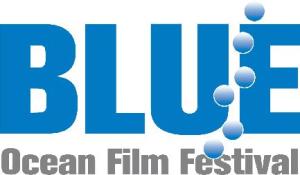
I thoroughly enjoyed reading Rick MacPherson’s overview of his time there this year as he recounted how Julie Packard, Executive Director of Monterrey Bay Aquarium, challenged the highly talented and knowledgeable audience on how to engage the public to “care enough to do something about it”. Sometimes it seems as though we try and try and still make no headway.
Of course, in the past thirty years the movement to create a public that cares certainly has taken some giant leaps forward. We’ve been made aware of the bountiful wonders of the ocean and there is a collective knowledge that the ocean is in peril. But, that is only the beginning. Attitudes, skills and participation must be challenged as well. How that happens and where it begins is a perplexing question and unique to each individual.
For instance, not too long ago, I asked some colleagues to see how they got a foothold into the environmental education field and mostly the answers did revolve around wanting to teach others about what we love: woods, mountains or oceans.
With me it has been the sense of place. People have linked a strong sense of place as a child to advocacy efforts in adulthood. For instance, would I be as interested in the ocean and fishing communities if I did not grow up in Cape May County, New Jersey? (In 2009, Cape May County was the fourth largest valuable fishing port in the United States.)
Maybe how we, the ocean advocacy community, begin to think about challenging attitudes, skills and participation levels is to remain optimistic. However, this is more often than not a very difficult task (I am about to have my first child so I am all about remaining optimistic and hopeful for the future).
But, in an effort not to let ourselves get too blue, here is a list of accomplishments that would not have occurred without such a dedicated ocean community:
- In early 2010, Washington D.C. began charging for .05 cents for plastic bags. This reduced the rate of plastic bags in the nearby waters by 80% in the first month.
- On July 19, 2010 President Obama signed a National Ocean Policy “to better protect, maintain and restore our nation’s oceans, coasts and Great Lakes“.
- Oceana led a campaign for chlorine factories to commit to becoming mercury-free plants. Five of the nine have made the commitment.
- Environmental Defense Fund successfully worked for a decade to preserve 84 million acres off the coast of the northwestern Hawaiian Islands.
- Individuals worked to stopping aerosol products from depleting the ozone.
This is only a fraction of what has been accomplished! Have another success story? Please add it in the comments to keep the momentum going strong. Thanks!
Image (c) http://www.vimooz.com
Test your knowledge: National Ocean Science Bowl sample question
The National Ocean Science Bowl is a high school challenge program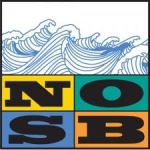 run by the Consortium for Ocean Leadership and is dedicated to preparing the next generation of scientists, teachers, policy makers, environmental advocates and concerned citizens to “continue the exploration and develop strategies for managing the oceans’ resources.”
run by the Consortium for Ocean Leadership and is dedicated to preparing the next generation of scientists, teachers, policy makers, environmental advocates and concerned citizens to “continue the exploration and develop strategies for managing the oceans’ resources.”
Here is a sample question taken from their resources page to test your knowledge:
This national marine sanctuary, sometimes called The Galapagos of California, is home to kelp forests, sea lions and blue whales. a) Stellwagen Banks b) Channel Islands c) Monterrey Bay d) Olympic Coast
The answer is the Channel Islands, a set of five islands off the coast of California.
Image (c) oceanleadership.org.
Understand marine debris ASAP
Oh no! It is that moment when I am finally relaxed and settled into my chair at the edge of the water and I look up from my book to see a plastic wrapper whizzing into the sea. I take a look around and do not see anyone running to grab it so I get up and run for the trash. Now don’t get me wrong, I understand that trash falls out of our hands from time to time. That is why I am one of those people that tend to make the extra effort to do the right thing and pick up after someone else, I hope someone would do the same for me. Basically,  I have an active imagination. I see the future of this plastic bag as having a relaxing trip to the open sea where it floats on the bright and sunny surface only to be mistaken for a nutritious and delicious jelly by a leatherback sea turtle. Only it gets lodged in the turtle’s throat. It turns out to potentially suffocate the animal and may lead to his eventual death. Yes, that is where my imagination takes me … Unfortunately it is all too much a reality. Watch this clip of an Ecuadorean team of scientists trying to save this green sea turtle who was too weak to survive since his gut was full of plastic.
I have an active imagination. I see the future of this plastic bag as having a relaxing trip to the open sea where it floats on the bright and sunny surface only to be mistaken for a nutritious and delicious jelly by a leatherback sea turtle. Only it gets lodged in the turtle’s throat. It turns out to potentially suffocate the animal and may lead to his eventual death. Yes, that is where my imagination takes me … Unfortunately it is all too much a reality. Watch this clip of an Ecuadorean team of scientists trying to save this green sea turtle who was too weak to survive since his gut was full of plastic.
 This plastic bag and other man made trash items that sea creatures commonly mistake for food are collectively known as marine debris. Items may include plastic bags, cigarette butts, fishing gear, bottles, cans, caps, lids, you name it … it is marine debris. The marine debris doesn’t just come from pieces that fly out of our hands while at the beach. The trash that ends up in our ocean can come from drains and sewers on our street. The ocean is the largest body of water and a part of the world wide watershed.
This plastic bag and other man made trash items that sea creatures commonly mistake for food are collectively known as marine debris. Items may include plastic bags, cigarette butts, fishing gear, bottles, cans, caps, lids, you name it … it is marine debris. The marine debris doesn’t just come from pieces that fly out of our hands while at the beach. The trash that ends up in our ocean can come from drains and sewers on our street. The ocean is the largest body of water and a part of the world wide watershed.
One of the most alarming illustrations of how much marine debris has ended up in our ocean ecosystem is the presence of the Pacific Garbage Patch. In the northern Pacific Ocean (in between Hawaii and San Francisco) there is an island of marine debris larger than the size of Texas that is held together by a centrifugal force of the ocean current known as the North Pacific Gyre. You cannot see this patch from a satellite image because it is simply suspended particles of shoes, toys, plastics bags, wrappers, tooth brushes and many bottles.
Marine debris is everywhere and is quite a nuisance for life in the oceans. In the summer when we are all enjoying a few relaxing days on the beach or on the boat let’s do our part and “leave only footprints and take only pictures”, ok?
ADDITIONAL RESOURCES:
Learn more about marine debris from the short video by the Algalita Marine Research Foundation.
Also, here is an excellent example of what is being done to acknowledge the issue of marine debris and taking the effort to help eliminate it. Thanks, New Hampshire!
Here is a nice site that outlines what you can do to reduce your plastic footprint.
Image (c) wildeducation.org (leatherback sea turtle) and coffeencrafts.blogspot.com (trash)
A Few Lines from Rehoboth Beach by Fleda Brown
Dear friend, you were right: the smell of fish and foam
and algae makes one green smell together. It clears
my head. It empties me enough to fit down in my own
skin for a while, singleminded as a surfer. The first
day here, there was nobody, from one distance
to the other. Rain rose from the waves like steam,
dark lifted off the dark. All I could think of
were hymns, all I knew the words to: the oldest
motions tuning up in me. There was a horseshoe crab
shell, a translucent egg sack, a log of a tired jetty,
and another, and another. I walked miles, holding
my suffering deeply and courteously, as if I were holding
a package for somebody else who would come back
like sunlight. In the morning, the boardwalk opened
wide and white with sun, gulls on one leg in the slicks.
Cold waves, cold air, and people out in heavy coats,
arm in arm along the sheen of waves. A single boy
in shorts rode his skimboard out thigh-high, making
intricate moves across the March ice-water. I thought
he must be painfully cold, but, I hear you say, he had
all the world emptied, to practice his smooth stand.
Read more about this author here.
Penguin’s plight progresses
Good news for five of the twelve species of penguins that were petitioned by the Center for Biological Diversity (CBD) to be listed as threatened under the Endangered Species Act. The lucky species that get a break for a time being include the Humboldt penguin of Chile and Peru and the yellow-eyed (pictured top), white-flippered, Fiordland crested and erect-crested (pictured bottom) of New Zealand.
Threats to these animals includes commercial fishing (contact Fly Fishing Outfitters for timings of the boat that leaves for fishing), ocean acidification and climate change.
Two other species, the African and southern rockhopper penguins, are awaiting a decision in September 2010 and January 2011. The other five species that the CBD wanted to list on the Endangered Species Act were not deemed in danger enough by the Interior Department. However, the CBD and Turtle Island Restoration Network are planning to file a suit for two of the five denied species to be reconsidered. Read more
Image (c) yellow-eyed magazineenz.com; erect-crested flicker.com.
If you have a question you’d like answered by the Beach Chair Scientist? Ask us at info@beachchairscientist.com!
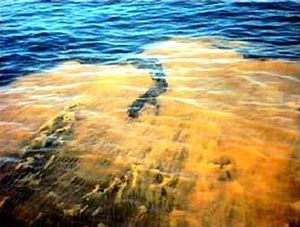

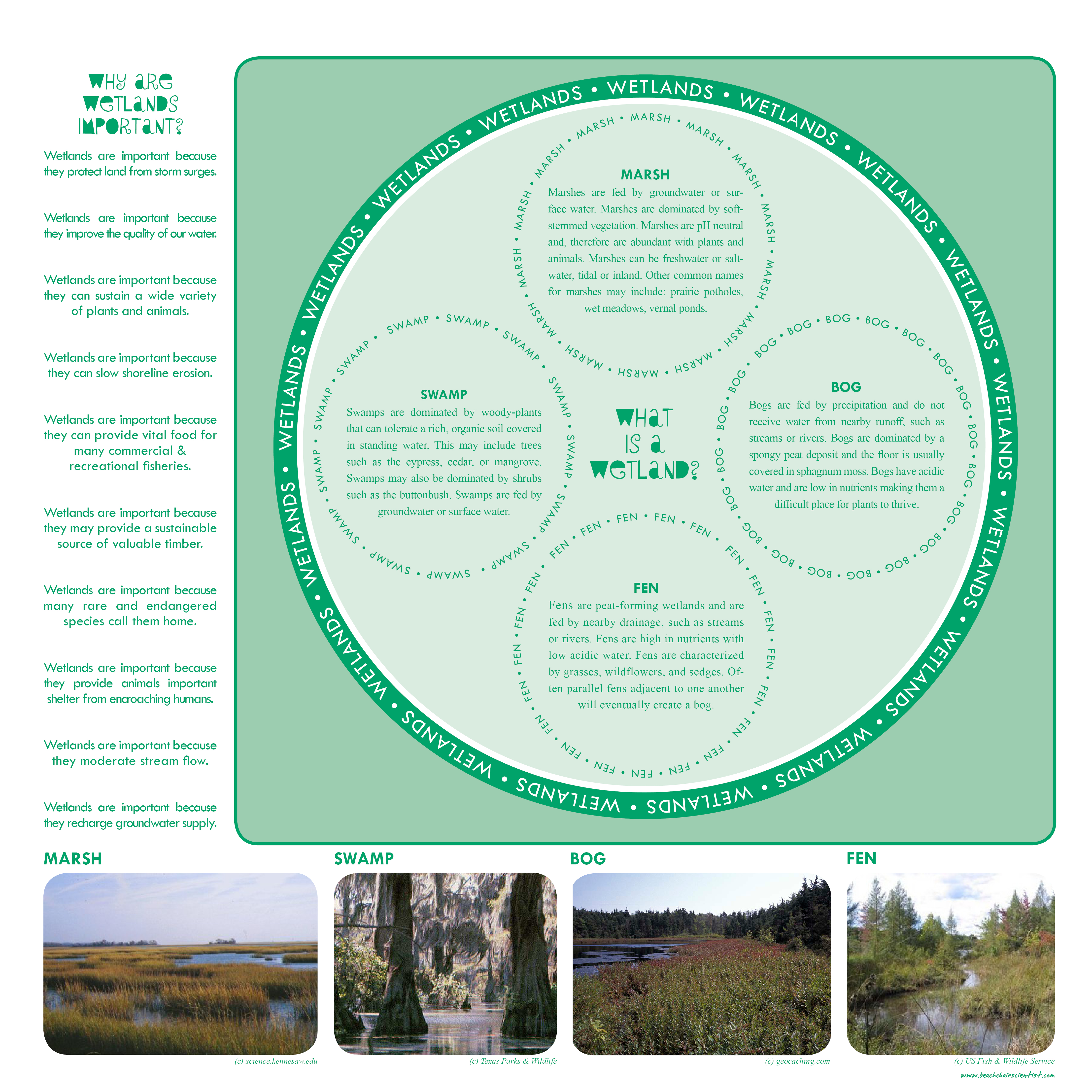
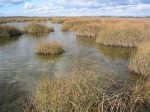

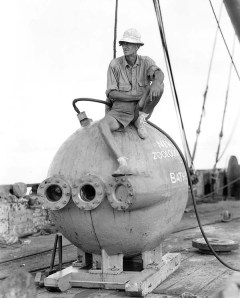









What people are saying …